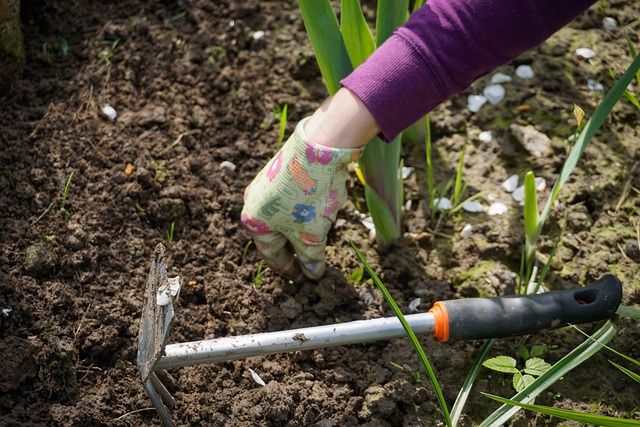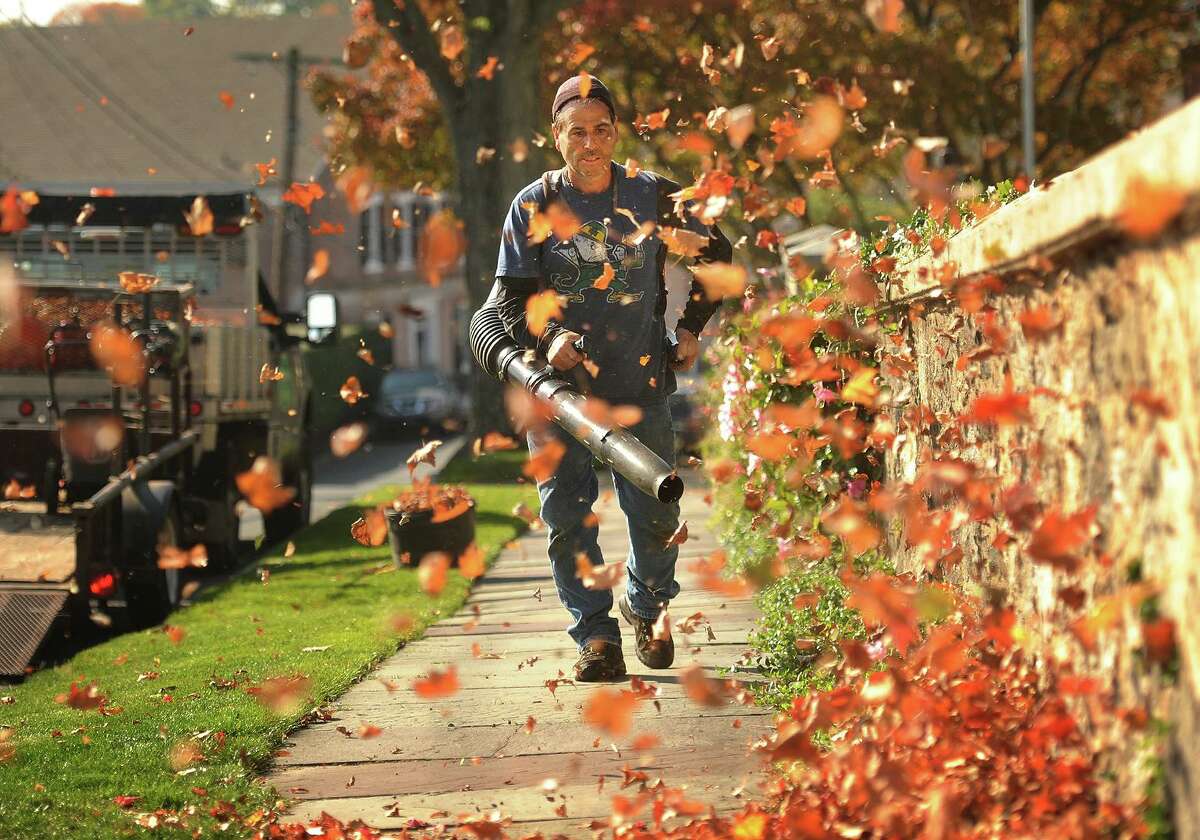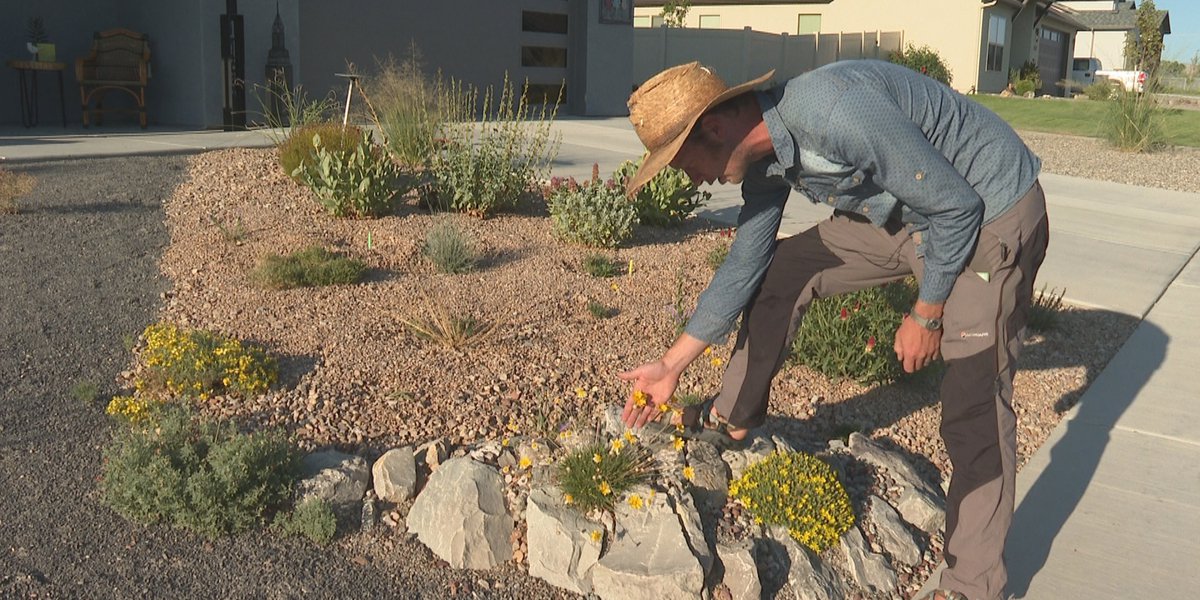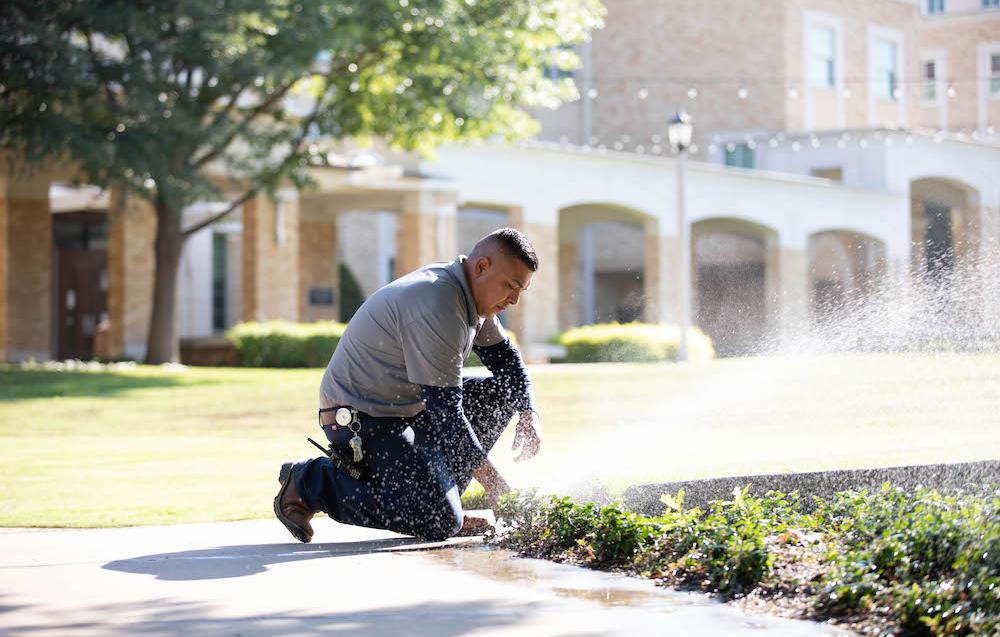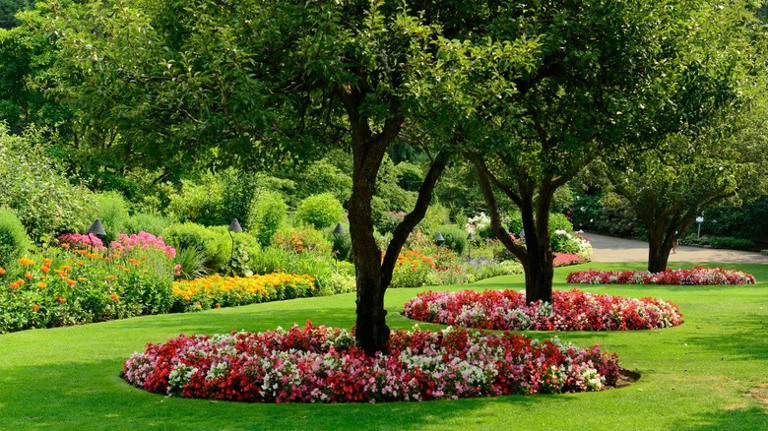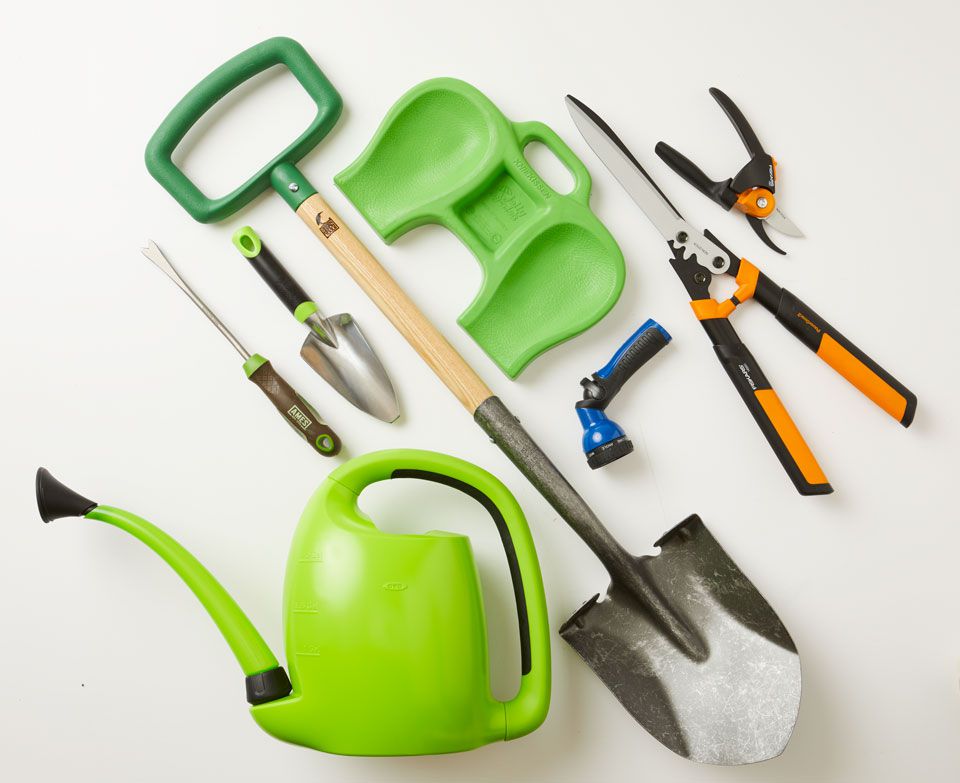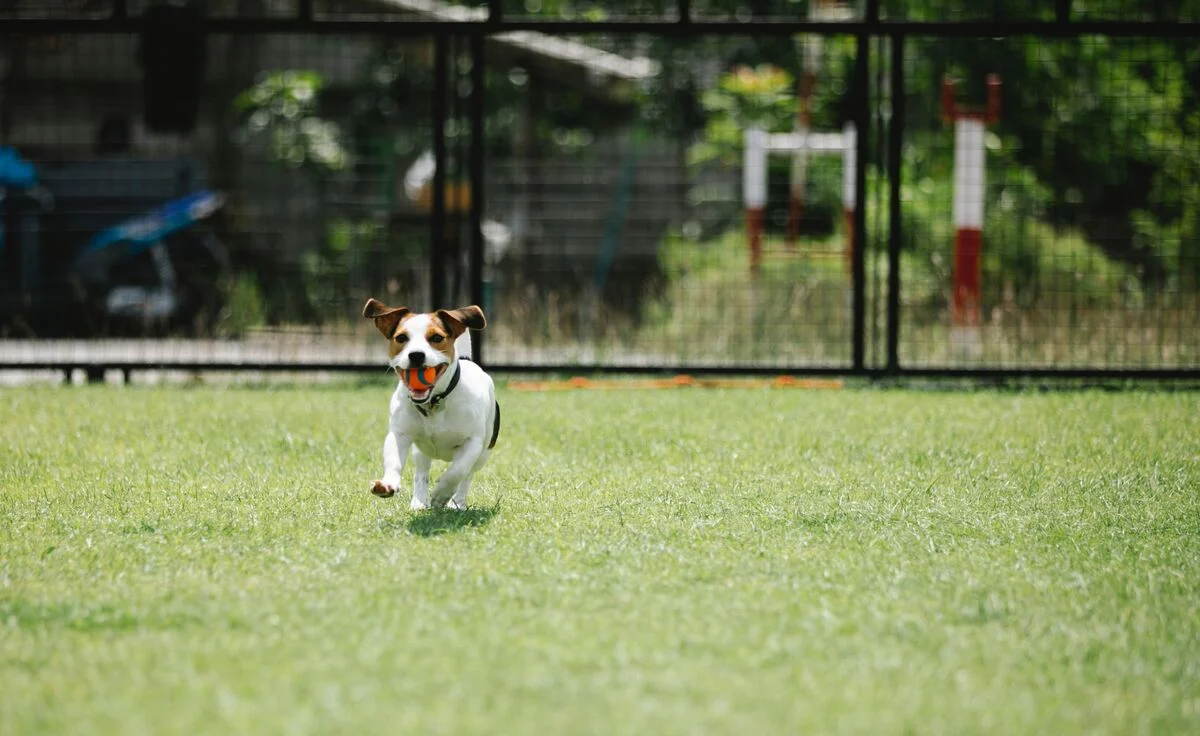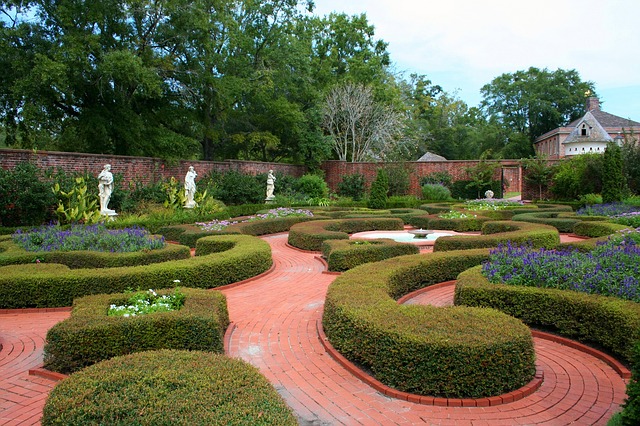In today’s urban environments, space is a luxury that not everyone can afford. However, that doesn’t mean you have to sacrifice the beauty and tranquility of a well-designed landscape. Small-scale landscaping design is the perfect solution for maximizing your limited space and turning it into a stunning outdoor oasis.
When it comes to small-scale landscaping design, creativity is key. Think vertically by utilizing walls and fences to create a vertical garden. Hanging planters, trellises, and climbing vines can add a lush and vibrant touch to your outdoor space without taking up valuable floor area. Additionally, incorporating mirrors strategically can create an illusion of depth and visually expand your small area.
Another crucial element of small-scale landscaping design is selecting the right plants. Opt for compact and slow-growing varieties that won’t overgrow and overwhelm your space. Carefully consider the color scheme, choosing plants that complement each other and create visual harmony. Remember to also pay attention to the overall maintenance requirements of the plants, as low-maintenance options will save you both time and effort.
Lastly, don’t forget about incorporating functional elements into your small-scale landscape design. Multipurpose features, such as built-in seating with hidden storage, can serve both as a practical seating area and a way to keep your outdoor space organized. Additionally, maximizing the use of natural light is essential, whether it’s through clever placement of windows or the use of reflective surfaces.
With the right mindset and strategic planning, a small outdoor space can become a stunning landscape design that provides both beauty and functionality. Small-scale landscaping design offers a world of possibility, allowing you to create a retreat that maximizes the limited space available to you. So, embrace the challenge, unleash your creativity, and transform your small outdoor area into a captivating oasis that will leave your guests amazed.
Contact RCH Landscaping Today for a Free Estimate

